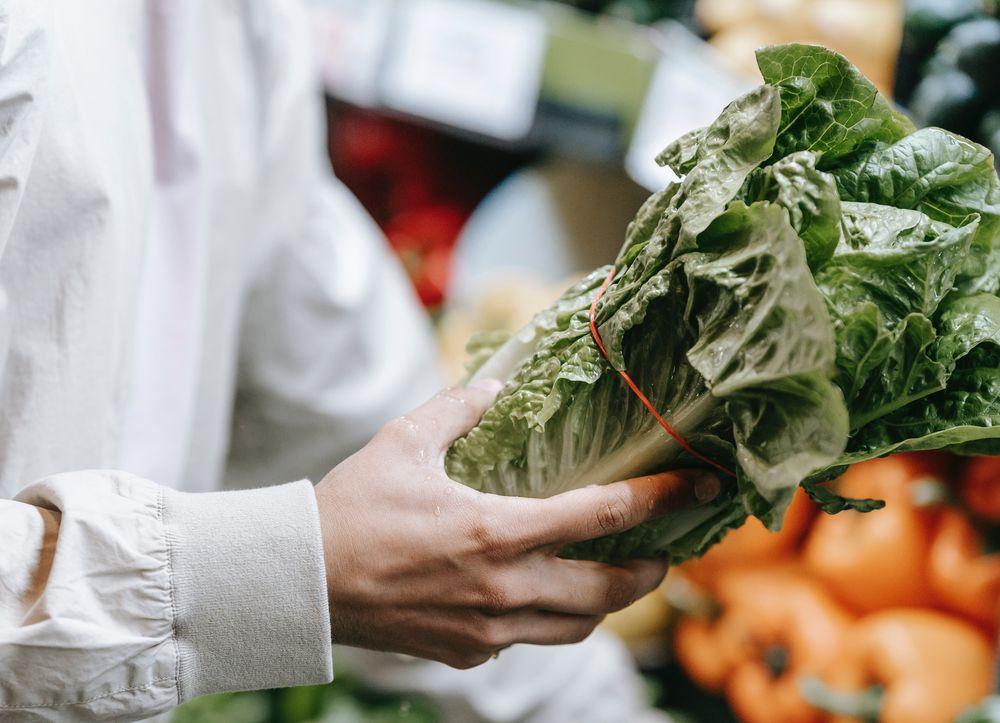The OCU has just published its study dedicated to supermarkets in Spain, with which they confirm which are the cheapest stores where you can buy at the moment. For this edition they have analyzed more than 1,100 supermarkets and visited 65 cities, obtaining data that will help you achieve maximum savings. Because, in these times of inflation, saving is essential.
The study carried out annually by the OCU is known for its high level of detail, precision and for how much they seek to obtain every last piece of information to help consumers when making their purchases. Therefore, they do not limit themselves to simply saying which supermarket chains are cheaper. Next, we will review the main data that they have provided and that demonstrate the situation in which the Spanish food market finds itself.
Cheapest supermarket chains
We are not going to make you wait for this very important information. But we will tell you that you must keep in mind that the OCU establishes both the cheapest supermarket chains nationally and those with regional coverage. If we talk about those that have the greatest success in national terms, the chains that take the lead are Family Cash and Alcampo. However, it is fair to keep in mind that, although Alcampo covers a large part of cities in Spain, in the case of Family Cash it is still a chain that is not present in many locations.

While Alcampo has more than 500 stores spread throughout the country, Family Cash has a network of 40 stores. In any case, this is important information for those people who live in locations where one of these hypermarkets is available. For its part, the most economical store chain in regional terms is Tifer, while the one that offers the best prices among local supermarkets is Dani, whose prices have once again been applauded by OCU specialists.
The cheapest in all of Spain and the most expensive
Another interesting fact is to know, exactly, which is the cheapest supermarket in all of Spain. As one could imagine in view of the results discussed in the previous section, it is an Alcampo. More precisely, the one that takes the title is the Alcampo de Coia in Vigo. Curiously, although its customers understand it well due to the good prices they offer, this supermarket was already the one that enjoyed the same title in the analysis published in 2022. Behind this Alcampo is the one in Murcia, which stands out as the second supermarket cheapest in Spain. The Dani supermarkets located in Granada fall into the following positions.
With inflation, all supermarket chains have increased their prices, but not all have done so in the same way. Those that have increased the costs of their products the least have been Eroski, Masymas and Eroski City, whose increases have not reached 10%, reaching only 8% in some cases. On the other side of the scale are the chains that have had increases of up to 17%, such as Carrefour Express, Supeco, Leclerc or BM Urban.

Continuing with these more negative data, it should be mentioned that the most expensive prices are in the Sánchez Romero store chains, which is one of the premium brands of El Corte Inglés. As for cities, the most expensive cities in Spain to make purchases are Madrid and Palma de Mallorca, while, in global terms, the cheapest are Córdoba and Teruel. But we must also take into account that, in places like Madrid, there is a possible savings margin of almost 4,000 euros per year. This means consumers can save depending on where they shop. Therefore, it is important to choose well and check different places in the city to find out where there are cheaper prices.
Now we eat worse
The OCU not only analyzes supermarket prices, but also uses a shopping basket system that allows it to check, at the same time, how the costs of the products sold in these establishments evolve. This provides us with very valuable information about what, on a day-to-day basis, we are likely to buy. The conclusions provide data that we already imagined, such as that virgin olive oil has skyrocketed in cost. The OCU is putting pressure on the situation to change, given that it is neither normal nor beneficial to the health of Spaniards. It is already known that the complaints they make can be of great help, so there is hope that something will change. The same happens with the price of healthy foods, such as vegetables such as carrots or onions, whose cost has increased very high. Rice also has a higher cost, in this case by 36%, while what has increased its price the most is sugar, by 66%, and condensed milk by 61%.

They say that statistically the situation is leading Spaniards to buy fewer healthy products in order to opt for other less recommended foods that have more affordable prices. For example, many more snacks are being sold than in the past, in addition to pre-cooked food such as pizzas. In parallel, there has been a decrease in the purchase of vegetables, and not only in those that have risen the most in price, but also in others, such as beans. The situation could change if, as mentioned in the study, the government is able to provide support by extending the VAT reduction and carrying out other complementary initiatives.













